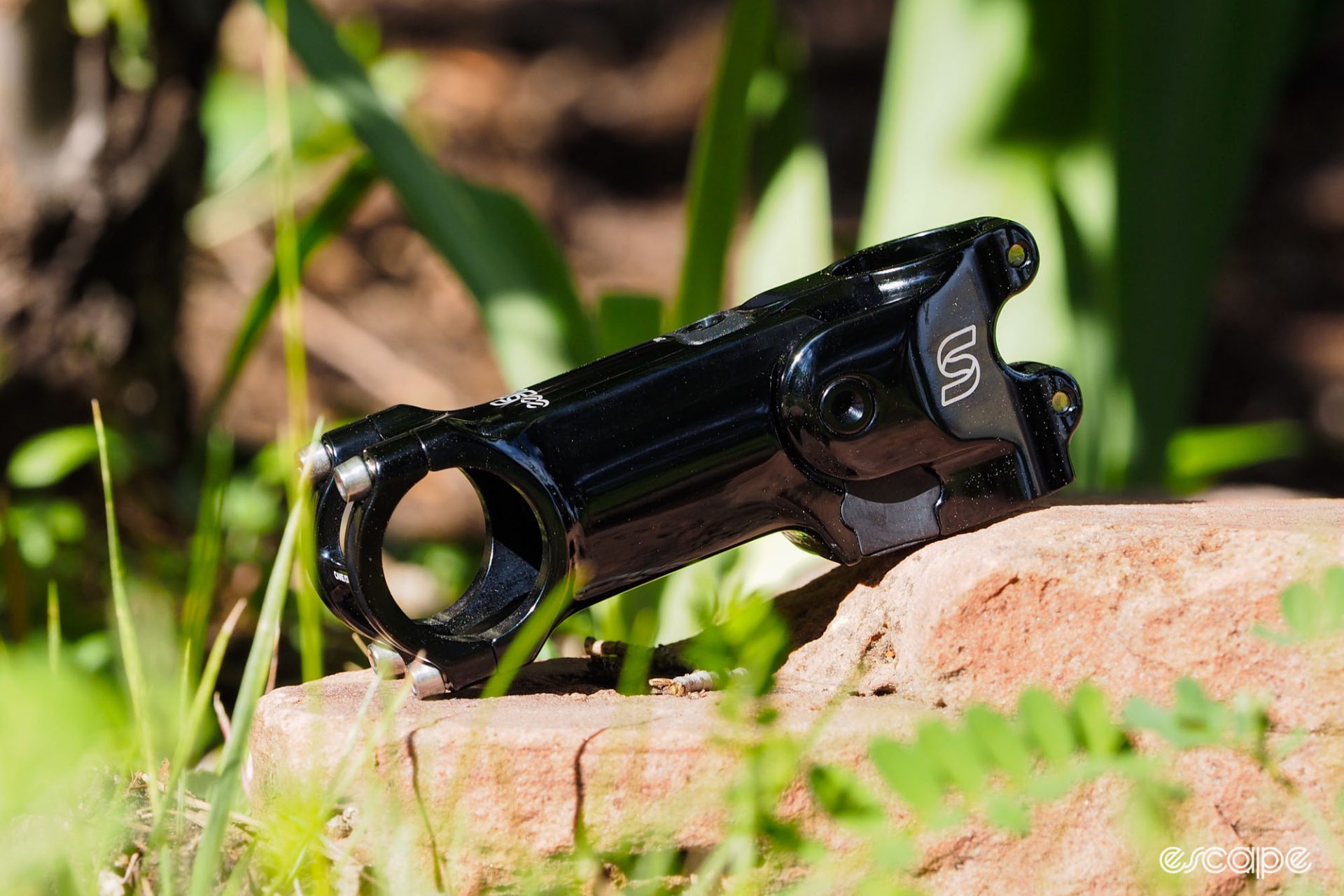Cane Creek introduced its original eeSilk suspension stem just over a year ago, supplementing the eeSilk suspension seatpost that was launched a few years earlier. The single-pivot, elastomer-based eeSilk was similar in concept to the popular Redshift ShockStop, with the same 20 mm of available travel and claimed benefits of being able to ride longer on rougher terrain with more comfort. Cane Creek’s version had one key difference, though: a physical lockout switch that would quickly tune out any and all movement.
Although that eeSilk stem was very good overall, feedback on the lockout switch was sufficiently mixed that Cane Creek has followed up on the original with a more pared-down version that does away with the option. It’s a little less expensive and a little lighter, and additional small improvements should expand its appeal to a wider range of riders.
Scoff if you want to at even the suggestion of a suspension stem, but I love this thing.
A simple concept, but lots of refinement
Cane Creek’s engineers will undoubtedly cringe at me saying this, but at least in concept, the eeSilk stem is very straightforward in its design with a pivot just ahead of the steerer clamp that allows the stem extension to rotate slightly up and down. The pivot assembly itself uses an aluminum axle and well-proven Igus polymer bushings, and on the underside of the stem extension is a small tab that compresses a small elastomeric insert against the stem body.
Five elastomer hardnesses are offered so riders can fine-tune the feel to their liking, but total travel is pegged at 20 mm regardless.
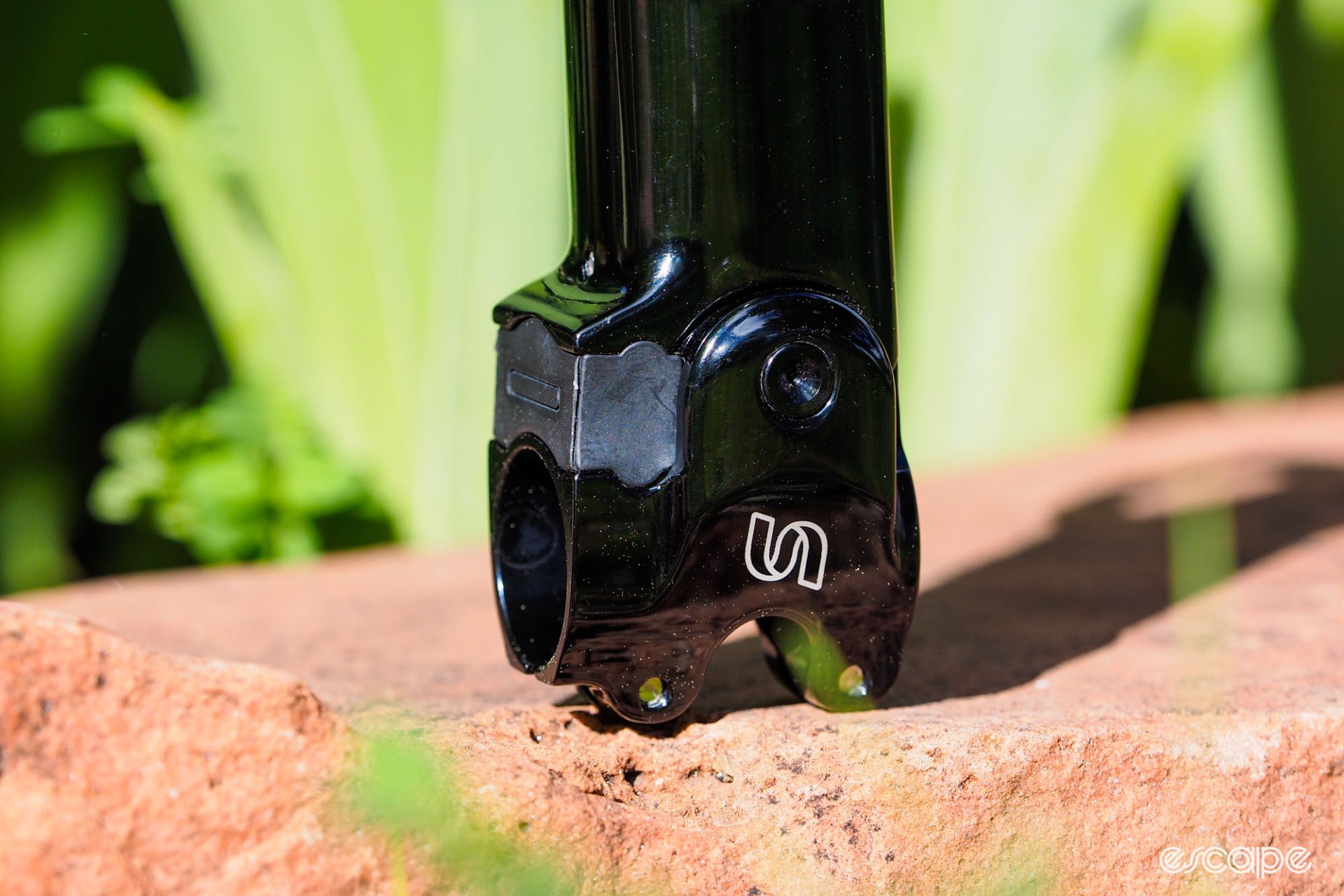
If you’re saying to yourself that you’ve seen this before, you’re not entirely wrong. Bob Girvin introduced the original Girvin Flexstem in 1987, and there are a lot of similarities here, including pivot and elastomer placement, how the elastomer is compressed, and even how the pivot tabs extend off of the main body. There are, of course, a lot of key differences – materials, travel amount, quill vs. threadless, intended use, and so on – but by and large, this is indeed a case of “what once was old is new again”.
The eeSilk also looks a heck of a lot better than anything Girvin produced back in the day. The design may be basic, but the level of execution is anything but.
The main body and the extension of the eeSilk stem are both made of forged aluminum, with the extension sporting a squared-off oval profile and the main body nicely sculpted such that the pivot wings still offer a wide base of support without being overly conspicuous. Up front is a pared-down four-bolt removable faceplate for 31.8 mm-diameter bars, while out back is a two-bolt clamp for standard 1 1/8”-diameter steerers, all secured with corrosion-resistant M5 steel hardware (and yes, the industry convention mixing metric and imperial units drives me crazy, too).
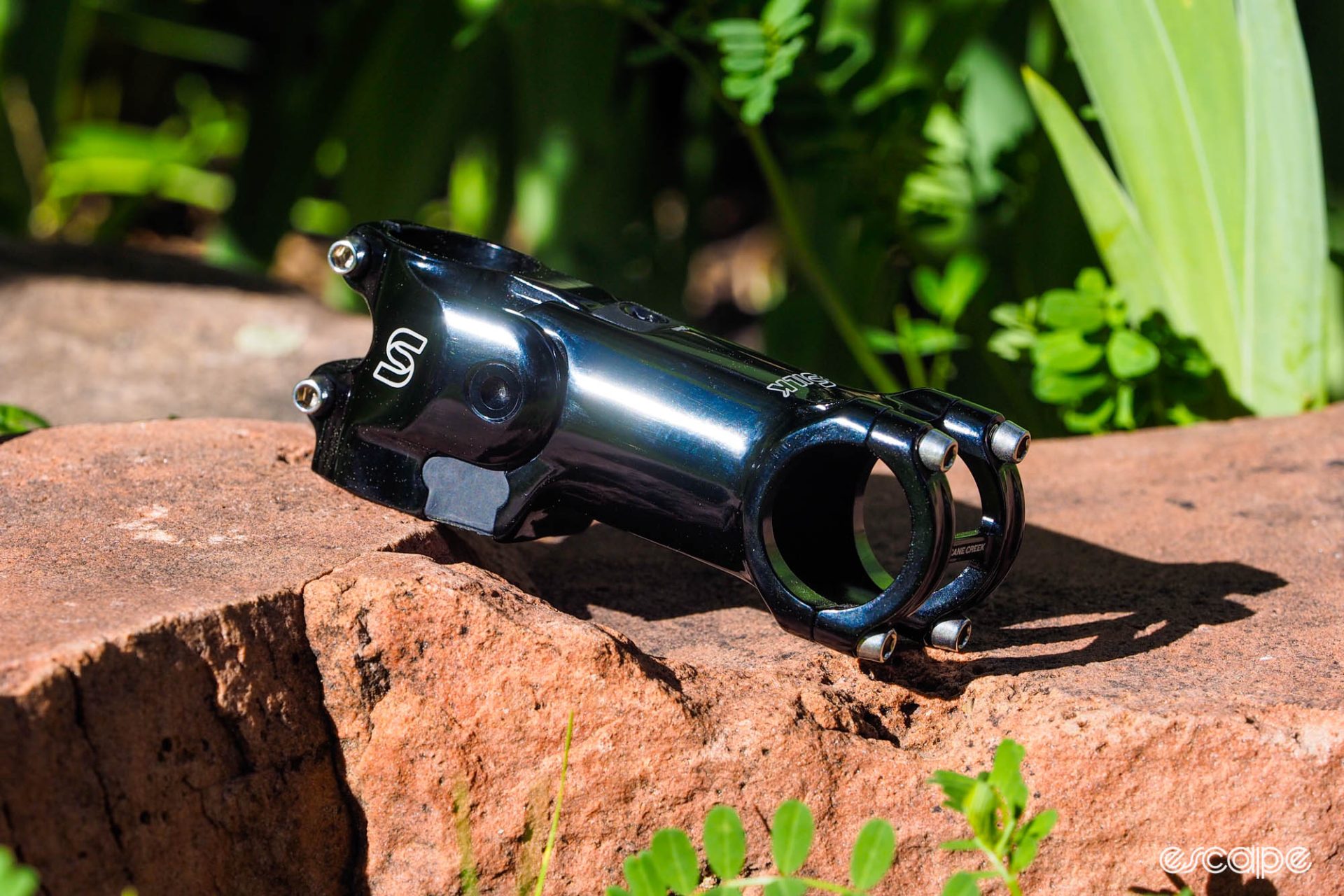
The whole setup is rather sleek-looking in my opinion with its polished and anodized black finish and tidy surface shaping, and it’s impressively light. My 100 mm-long production sample tips the scales at 229 g – more than 50 g lighter than a standard Redshift ShockStop stem of the same length, and a few grams lighter than even Redshift’s upper-end ShockStop Pro version. And as compared to a high-end forged aluminum stem without any sort of suspension at all, we’re only looking at less than 100 g of extra weight.
Helping things along in the aesthetics category is the matching optional out-front computer mount (which is kind of pricey at US$75). It replaces two of the faceplate bolts, it’s angle-adjustable, includes pucks for Garmin and Wahoo computers, and offers the option (for another US$20) to attach a light or camera underneath, too.
Retail price for the eeSilk stem is US$230 / AU$361 / £200 / €220 without the lockout switch – US$60 more than the standard ShockStop, but US$20 less than the ShockStop Pro.
Silky smooth
I’ve used several suspension stems over the past few years, and yet I’m still amazed by how effective they are in terms of smoothing out the ride.
Overall, there are no surprises here: as promised, the eeSilk dramatically improves the front-end comfort of any bike you put it on. Instead of bigger and/or more square-edged bumps sending a jolt through your upper body, that 20 mm of movement knocks them down to a dull thud. And while the eeSilk is great on harsher hits, I’d argue it has an even bigger impact (pun fully intended) on smaller-amplitude road buzz, which it erases almost completely.
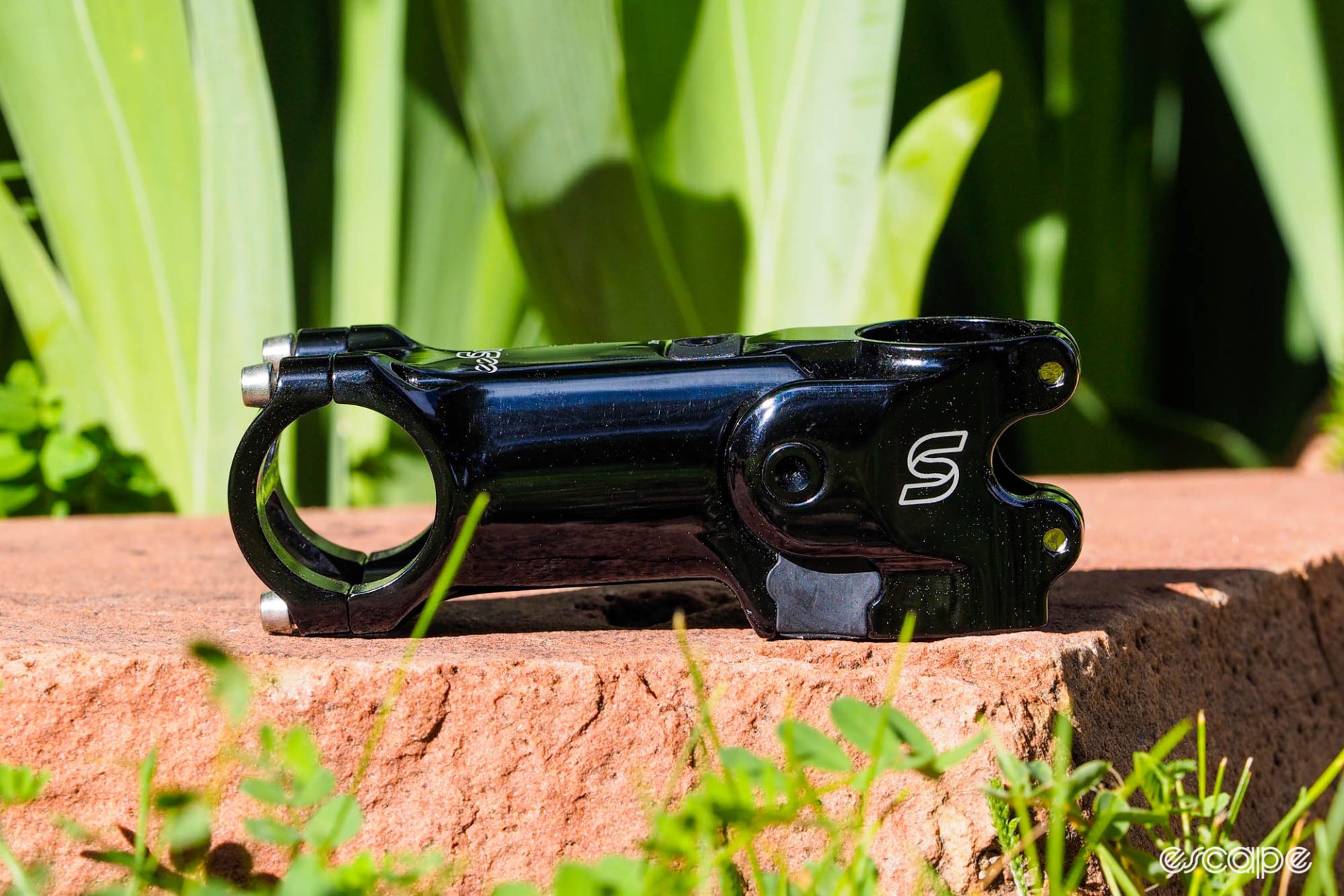
Gravel riders might be especially interested to know that it also works well on washboard. The eeSilk doesn’t smooth it out completely – let’s be realistic here – but instead of feeling like the front end of your bike is being violently shaken out from underneath you, you can instead just maintain a light grip on the bars and sail through. Racers should maybe take note that you can often do so without slowing down even a little bit, too.
Despite seemingly not having a separate bumper incorporated into the eeSilk design for the task, I never found myself complaining about a harsh top-out clunk, either.
In short, 20 mm may not sound like much, but it’s a surprising amount of work that the stem now does for you. In fact, my personal Allied Alfa Allroad has rarely gone without a suspension stem of some sort in the last several years, and I don’t envision myself going back any time soon.
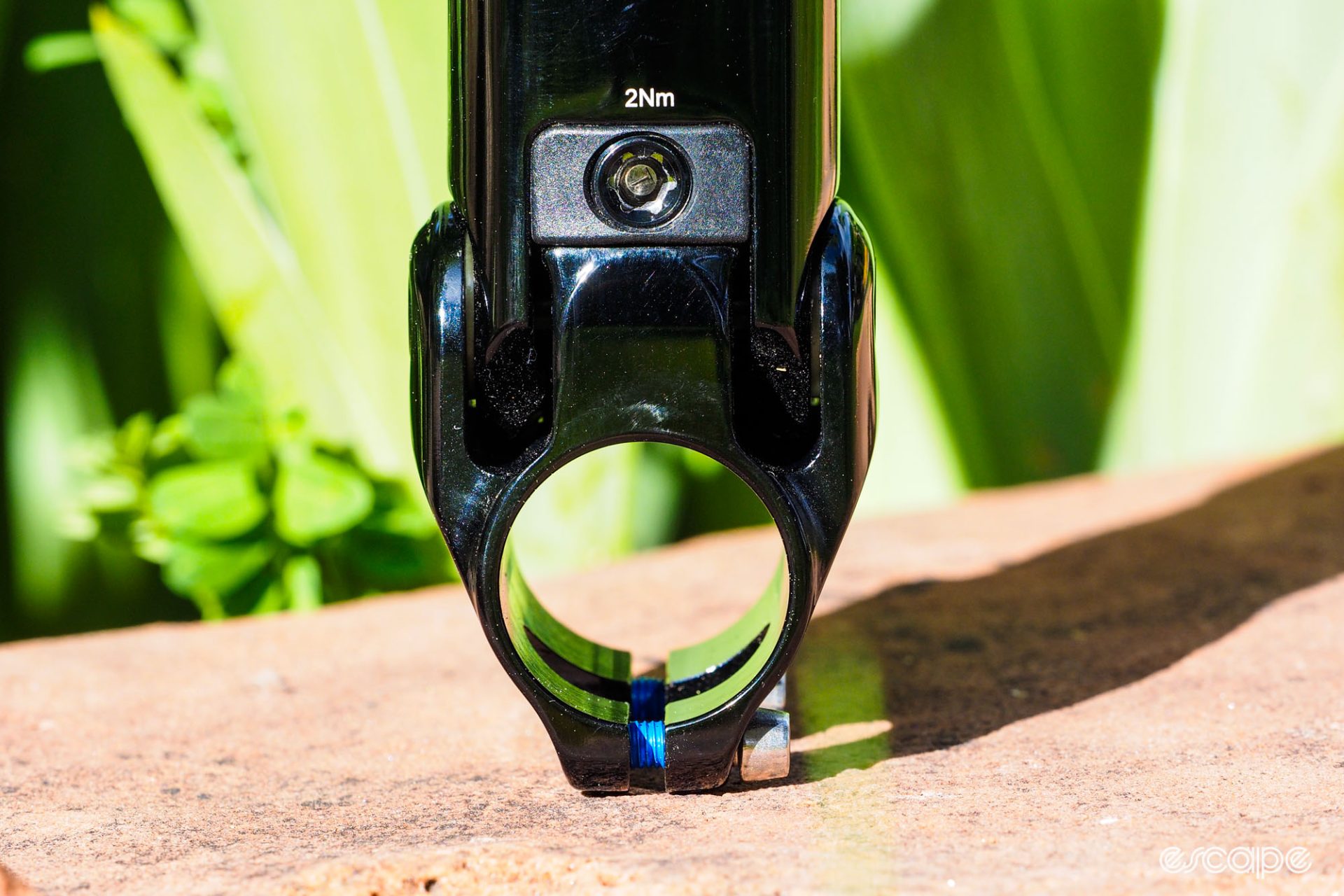
Quite impressively, that movement doesn’t come with a sense of vagueness or squishiness, either. There’s still a sense of being connected with the road, and there’s no discernible twisting or flex in that pivot. Sprinting or climbing out of the saddle does induce some up-and-down motion as you’d expect, however. I personally didn’t find it particularly bothersome, although if you think you might, Cane Creek does still offer the eeSilk with the lockout dial so you can turn off the suspension completely.
It does take a little time to get used to the angle of your hoods changing as the stem moves through its travel, but with only 20 mm of total movement on tap (measured at the hoods), the change in angle isn’t all that dramatic.
Either way – and as is the case with any suspension stem – careful tuning is key. One of my complaints with the original eeSilk stem was that I couldn’t get it as firm as I wanted. A softer feel might work for someone looking for maximum comfort, or on a bike with a more rearward weight bias. However, I prefer a firmer feel that moves less on smoother ground, yet still has movement in reserve when things get ugly.

Previously, Cane Creek’s range of elastomers only included so-called soft, medium, medium-firm, and firm pucks, and even with my modest 71 kg weight and moderately aggressive bar drop, the “firm” puck wasn’t enough. Cane Creek has since added an extra-firm option that is far more to my liking, although I’d argue the company still needs another one or two grades above that to suit performance-minded riders that are heavier and/or bigger than my woefully average build.
Long story short, while I was very happy with the performance of the eeSilk, I think Cane Creek still has a little more work to do to ensure others have the same experience. The stem itself seems fully baked, but again, when it comes to suspension, tuning is everything.
Head-to-head against the ShockStop
It’s impossible to discuss the eeSilk without drawing comparisons to the Redshift ShockStop – arguably the progenitor of the modern suspension stem genre, and the most popular option in the category.
In terms of overall performance and feel, I’d say the two are extremely similar. Bigger and stronger riders might find the eeSilk to have a small edge in terms of torsional stiffness, but by and large, I think most riders would be hard-pressed to tell the difference with their eyes closed.
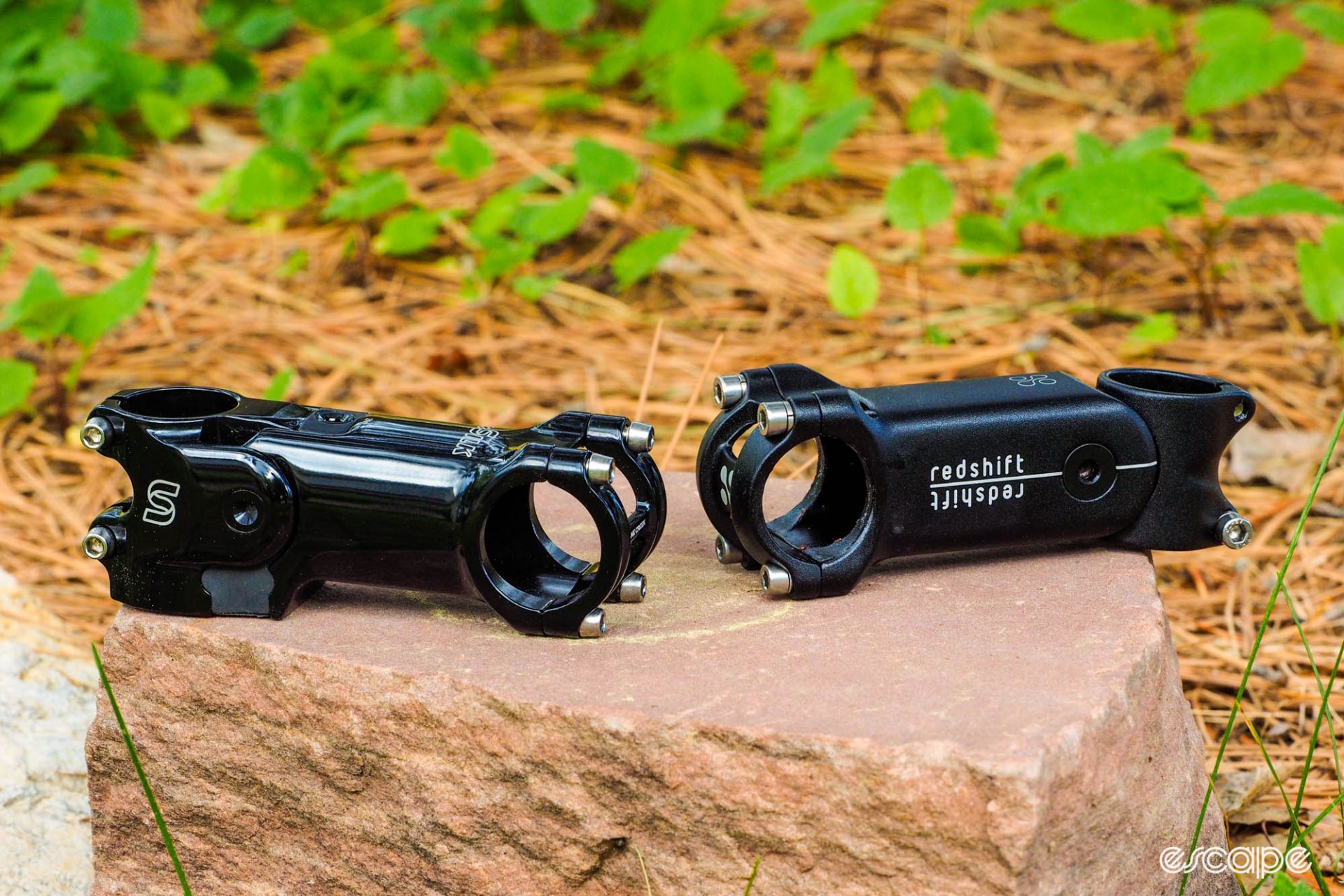
From an aesthetic standpoint, I’d give the nod to Cane Creek. The eeSilk is more refined and discreet, and the surface finish certainly looks higher-end (although Redshift has admittedly done a nice job with the two-tone finish on its ShockStop Pro model). It’s also much easier to swap elastomers with the eeSilk. While you have to remove the bars to change hardnesses with the ShockStop, there’s no such disassembly required with the eeSilk: just remove a single top-access bolt, flip the extension upward, replace the elastomer, and then reverse the process. It can literally be done in less than two minutes.
Redshift has a much wider range of stiffness hardnesses, though, with up to fifteen different settings depending on how you combine the five available inserts. Redshift also holds a big advantage when it comes to available sizes. Currently, the eeSilk is only offered in three lengths: 80, 90, and 100 mm, all with -6° angles (a 70 mm length will be added soon). The ShockStop, however, not only offers five lengths from 80-120 mm, but its 6° angle can also be flipped positive or negative as you desire, and there are +30° options in 80 and 100 mm lengths, too. Redshift even offers the standard ShockStop stem with a 1 1/4” clamp for the (slowly) growing number of brands with oversized steerer tubes.
As for pivot service, it’s kind of a wash.
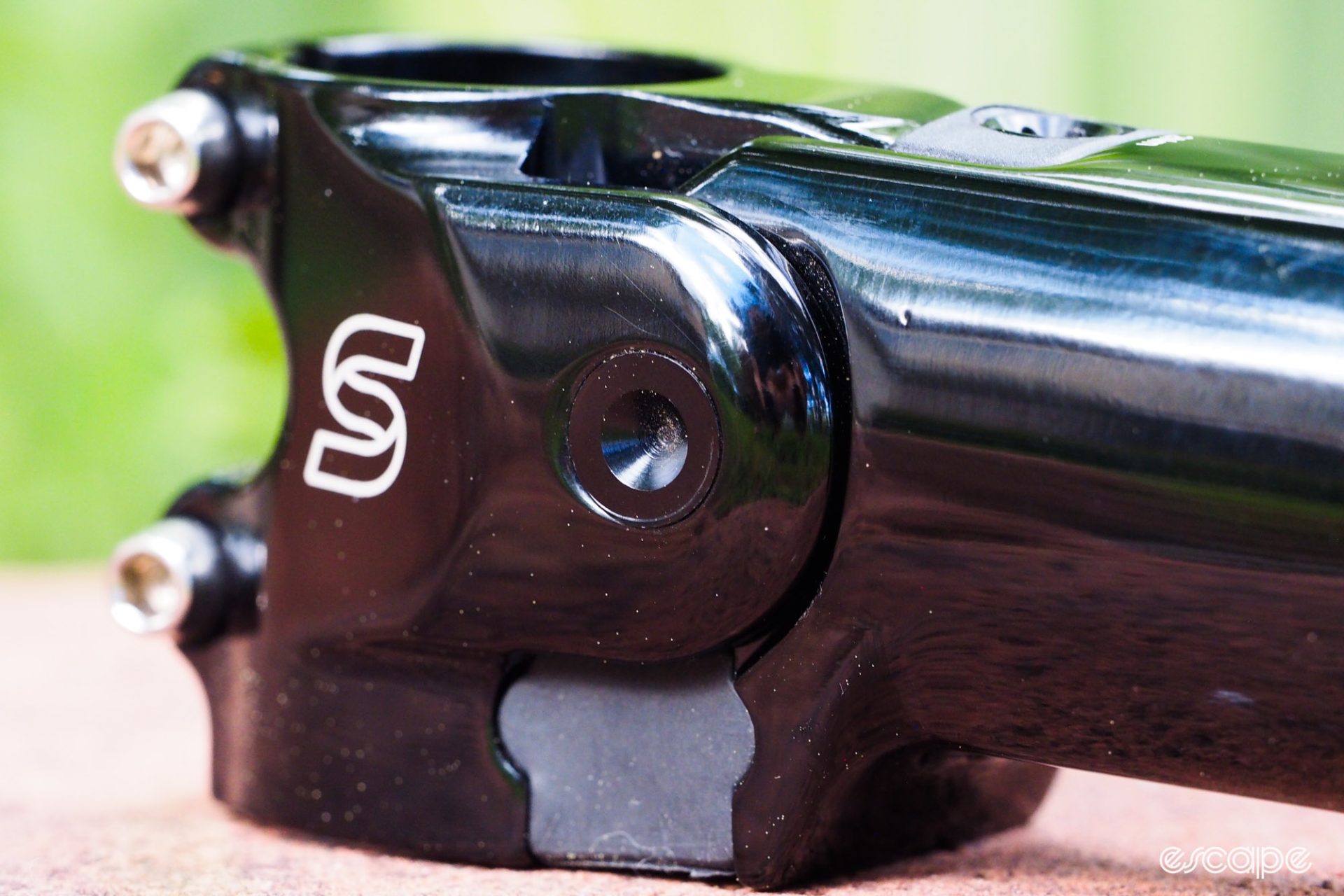
The Cane Creek one isn’t at all easily serviceable. Although I was pleased that the pivot’s initial stickiness broke in nicely after just a few rides, the pivot’s exposed nature will likely be prone to additional wear over time, especially if you regularly ride in wet and/or dusty conditions. I’m glad to see that Cane Creek offers replacement parts and the necessary tool to do the work, and neither are all that expensive at US$20 and US$29, respectively. However, it’d be nicer if you could do the job with what you likely already have in your toolbox.
Redshift, on the other hand, uses two cartridge bearings, which some might perceive as being more durable than the Igus bushings in the eeSilk. Igus bushings are incredibly tough little suckers, though, and while I’m not thrilled with Cane Creek’s pivot service process, at least there is one; Redshift doesn’t want you to mess with the ShockStop pivot at all.
I’m not sure how big an issue it is either way. I’ve yet to deal with any pivot-related issues on any Redshift or Cane Creek stems I have in rotation over the years – including creaking – and a search online doesn’t reveal much in the way of any widespread problems, either.
To comply or not to comply
“Compliance” is a word that’s often tossed about in industry marketing, but it basically boils down to tuned flex patterns to increase rider comfort. On rigid bikes, the bulk of that comfort comes from your tires, but frames and forks are still typically designed to bend a little when you hit a bump, as are handlebars and seatposts. A little more compliance can often be found in touch points like saddles, bar tape, and grips.
The wider tires used on modern road racing bikes (even at the Tour de France) have done wonders for how well those bikes ride. Ride comfort is such a thing now that we now even have entire bikes built around integrated suspension (like the Specialized Diverge, Trek Domane, and BMC URS LT).
But not everyone is on a newer bike that has those sorts of clearances, or wants something with that sort of integrated complexity. And some bikes that do have a lot of room (like my personal Allied Alfa Allroad I used for testing here) are just plain stiff, yet still see an inordinate amount of dirt and gravel. Compliance only gets you so far; at some point, if you want more comfort, you’re going to have to resort to some sort of physical mechanism to allow for more movement, and that’s where things like the eeSilk comes into play.
To be clear, I’m not suggesting that more compliance/flex/suspension/ whatever-the-heck-you-want-to-call-it is universally better, just like how longer-travel mountain bikes aren’t necessarily better than shorter-travel ones. But if you do want or need more movement, a suspension stem like the Cane Creek eeSilk is an easy add-on that’s the fraction of the cost of a new bike, can be retrofitted to most existing bikes without visually ruining them, and if you decide you don’t like it, you can easily take it back off with no harm done.
Perhaps most importantly, this thing works as promised, and while I can’t say the eeSilk is flat-out better than what’s already out there, it’s certainly the best-looking of everything I’ve used so far, and for some, that’ll be enough.
More information can be found at www.canecreek.com.
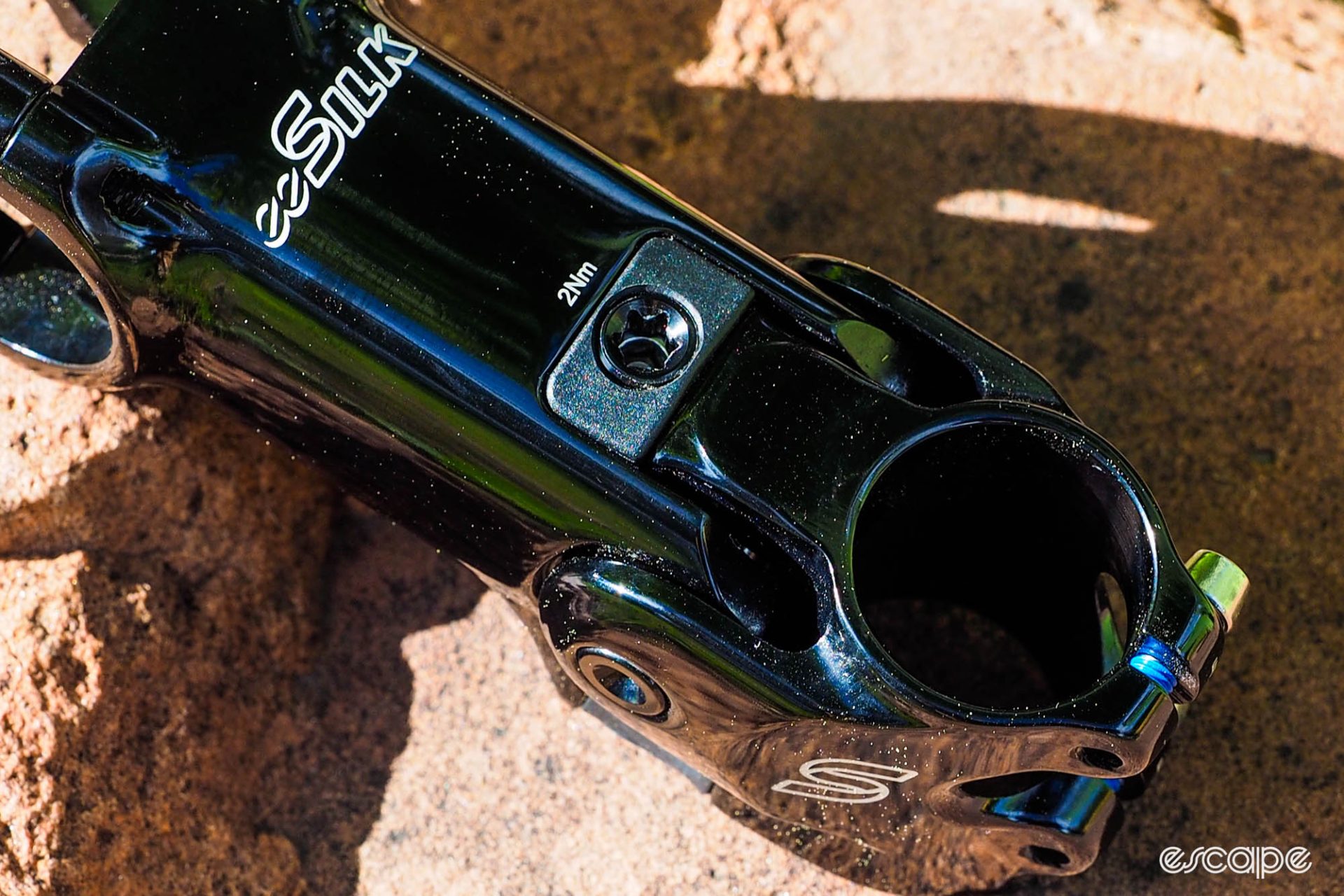
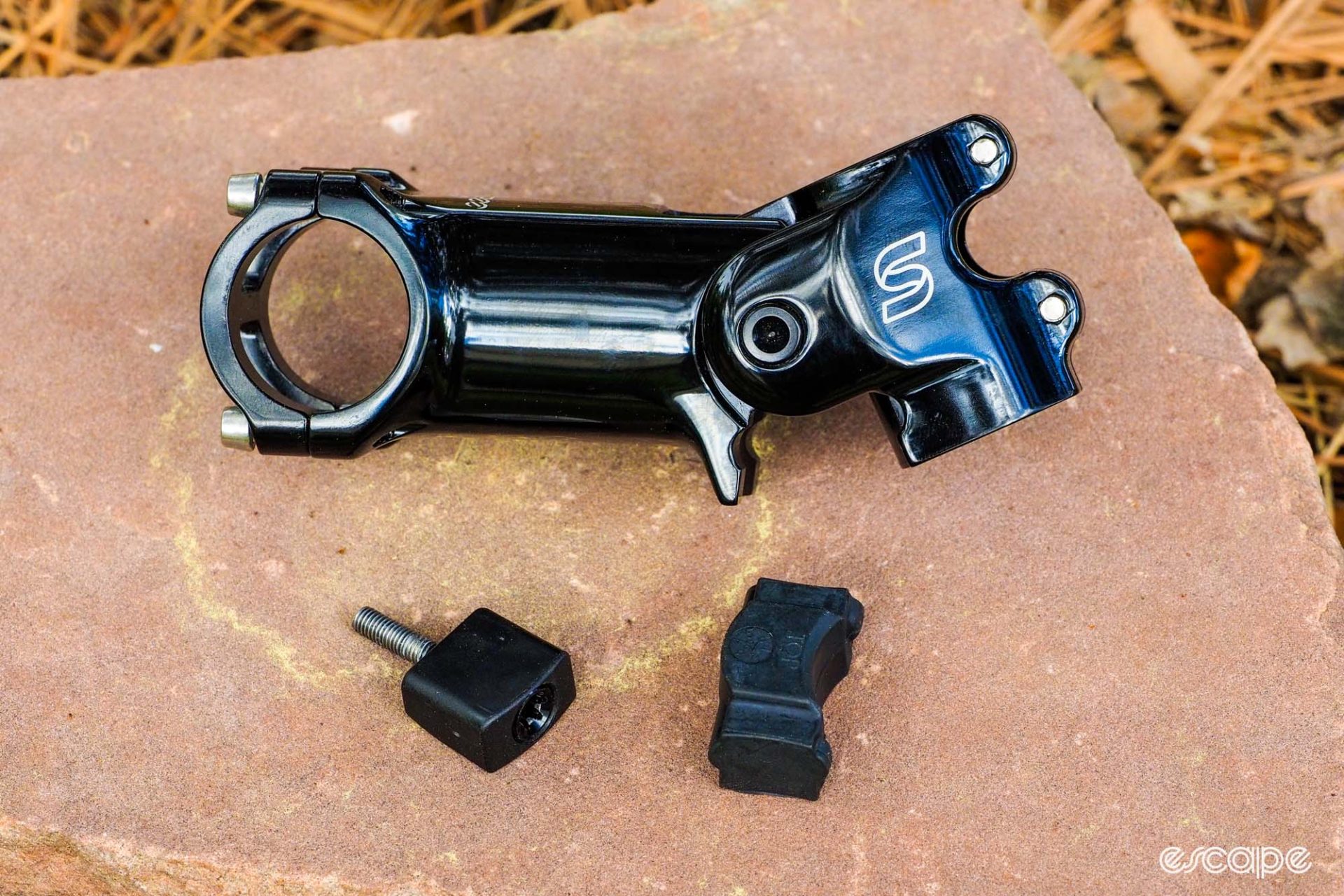
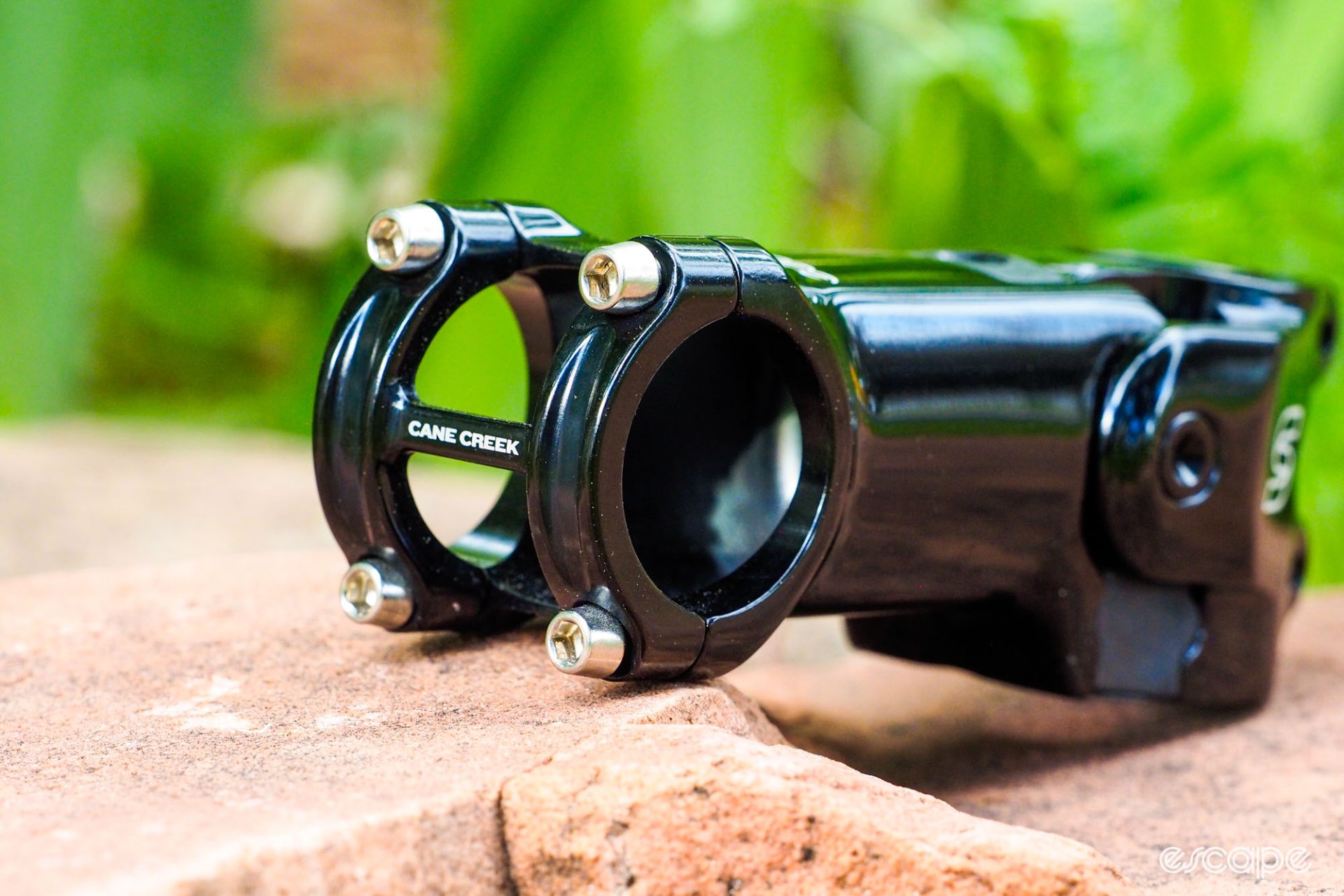

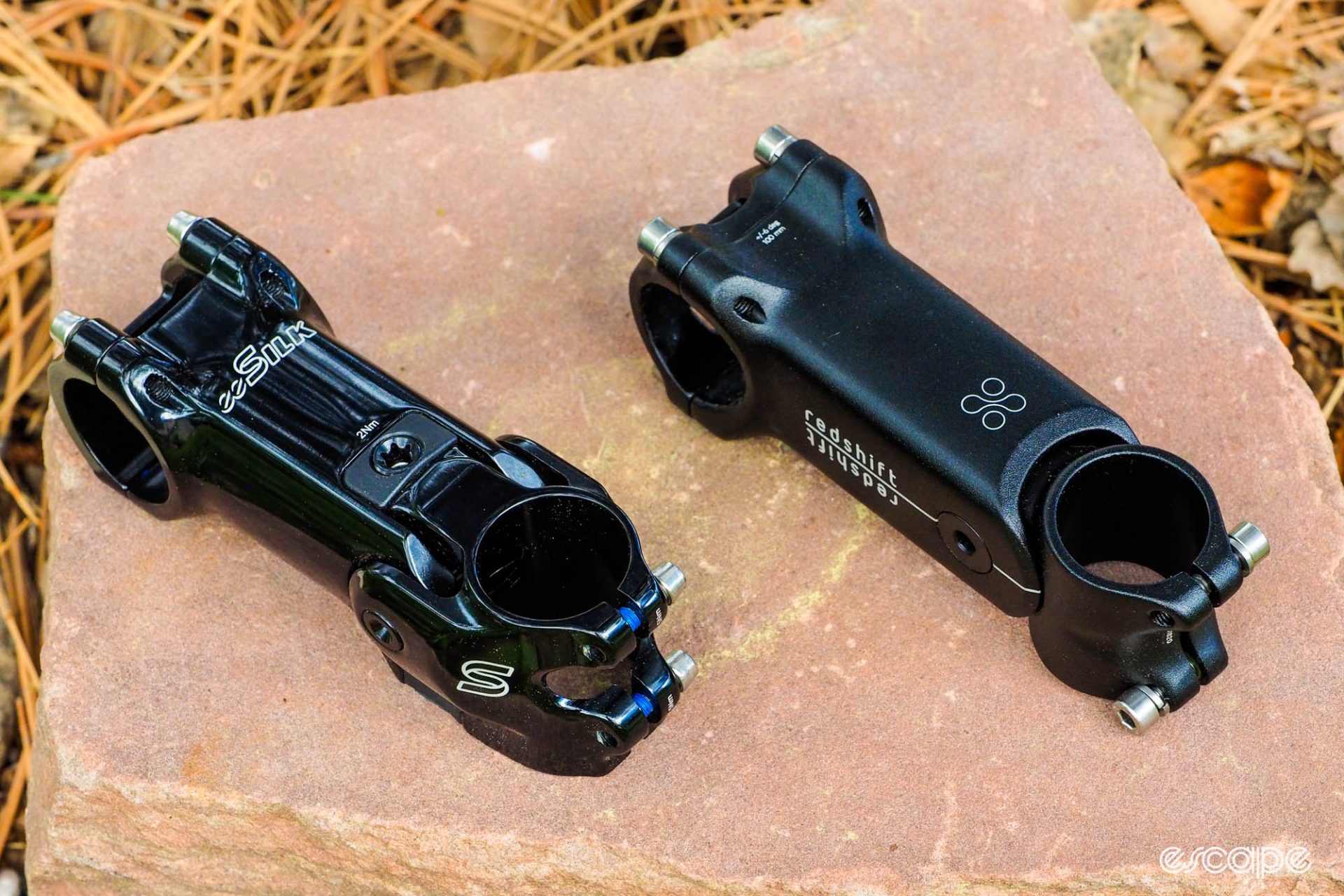
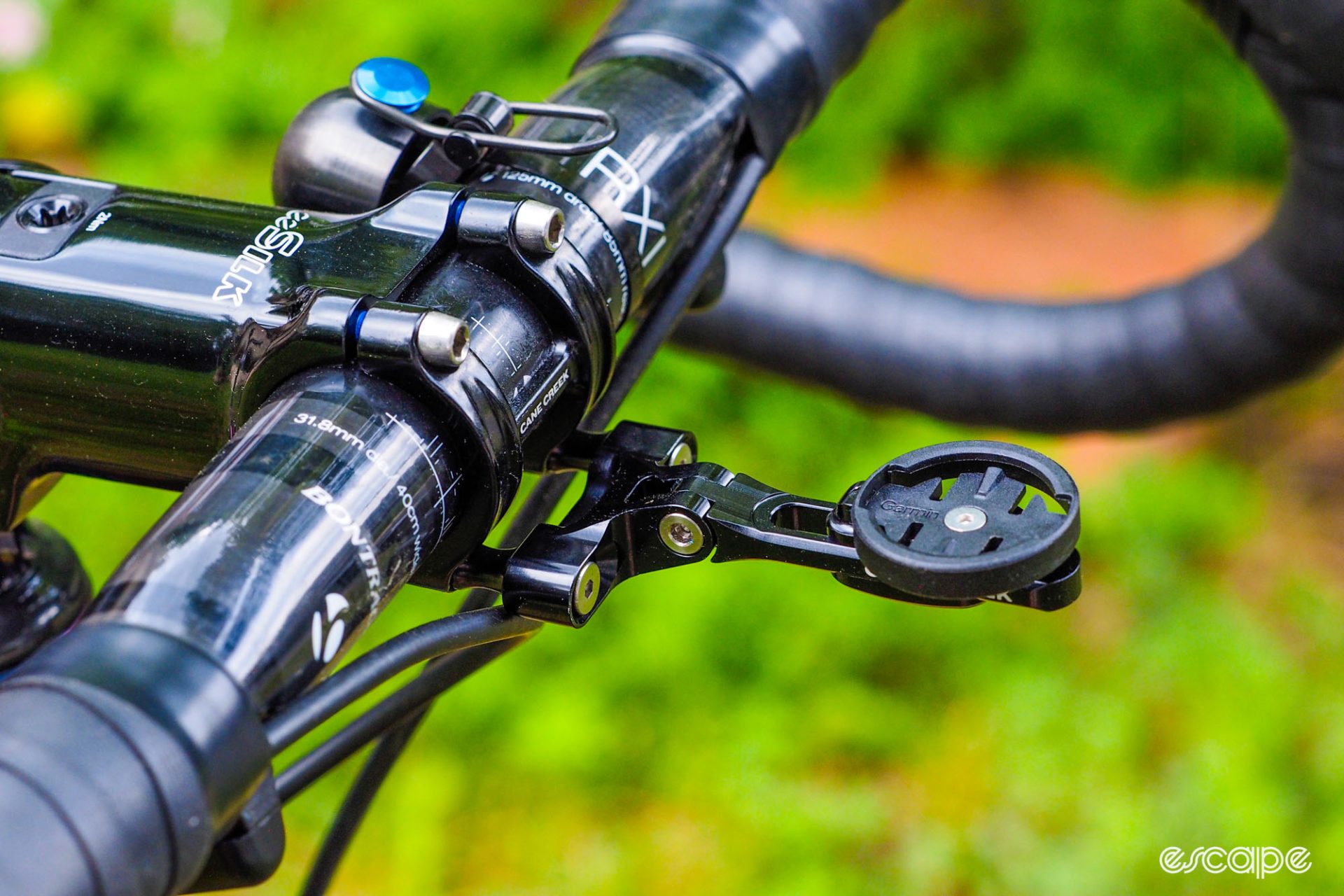
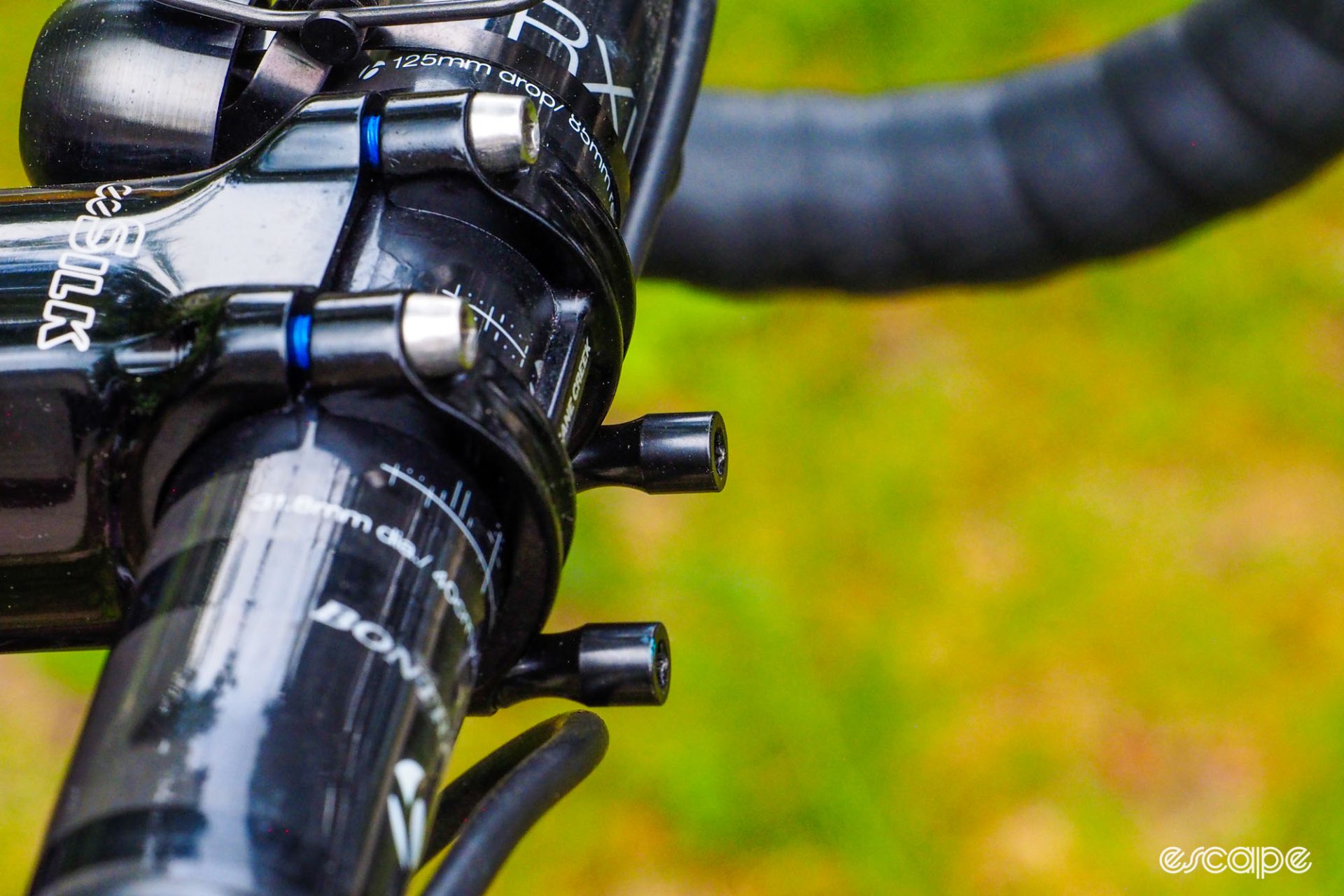
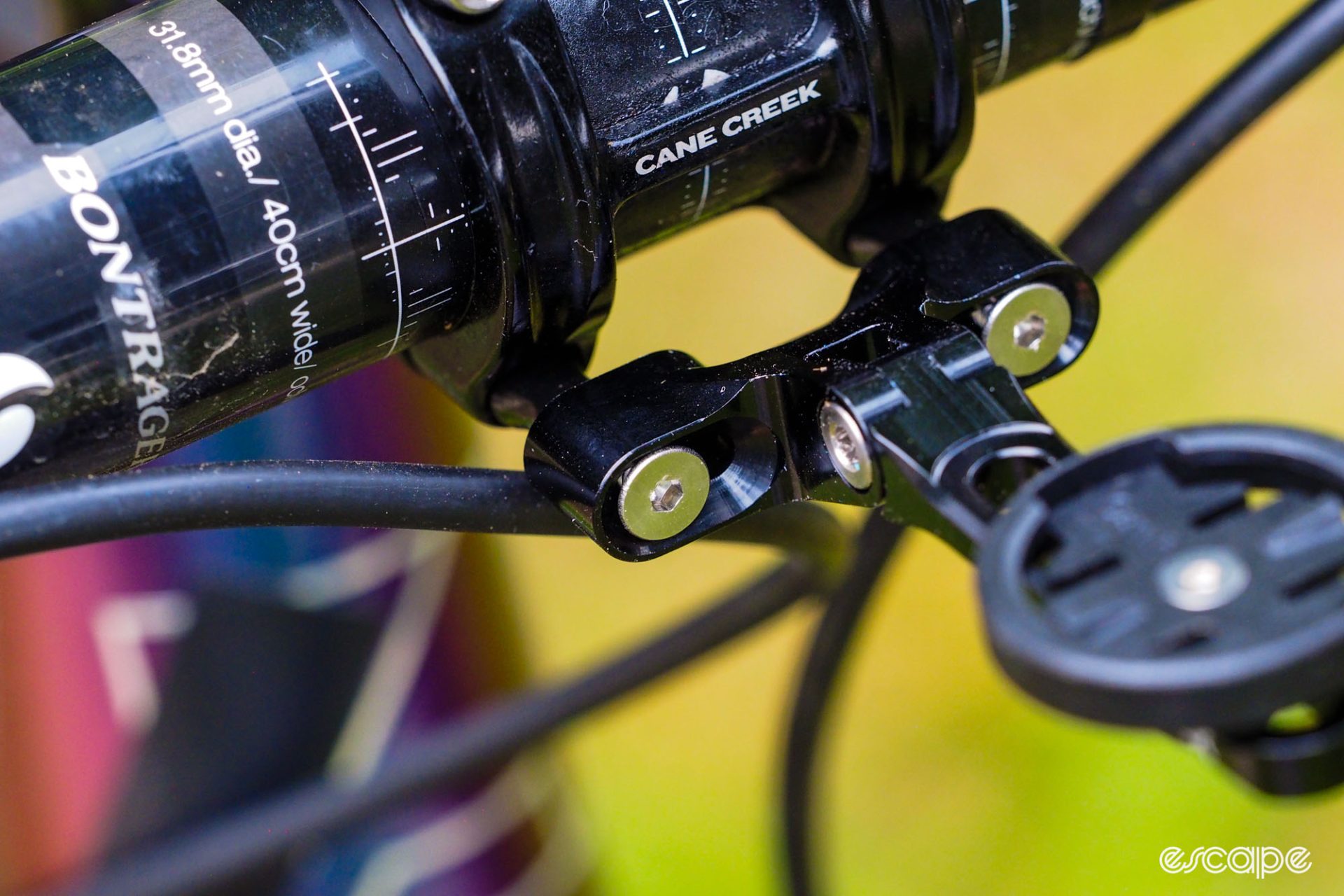
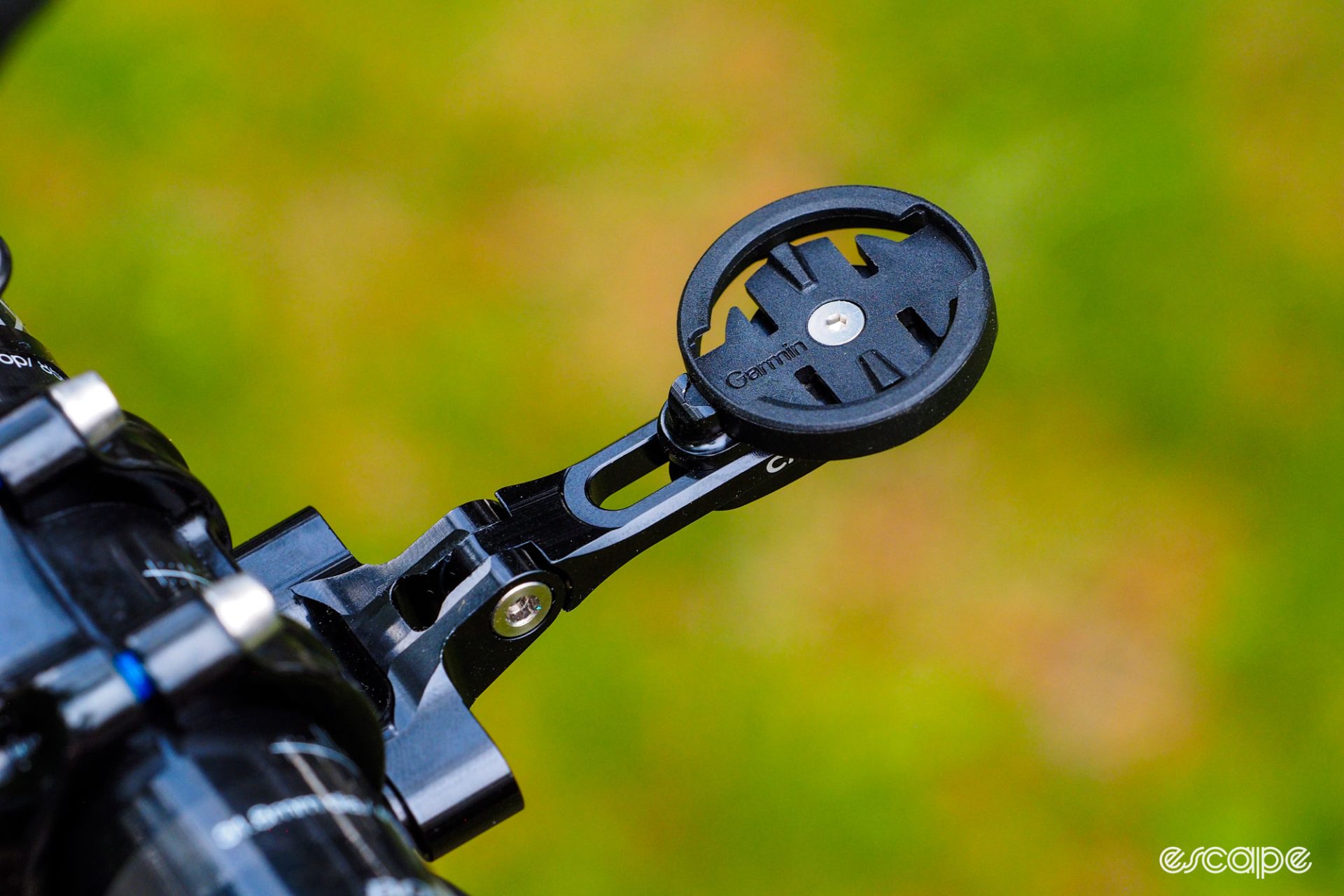
What did you think of this story?
